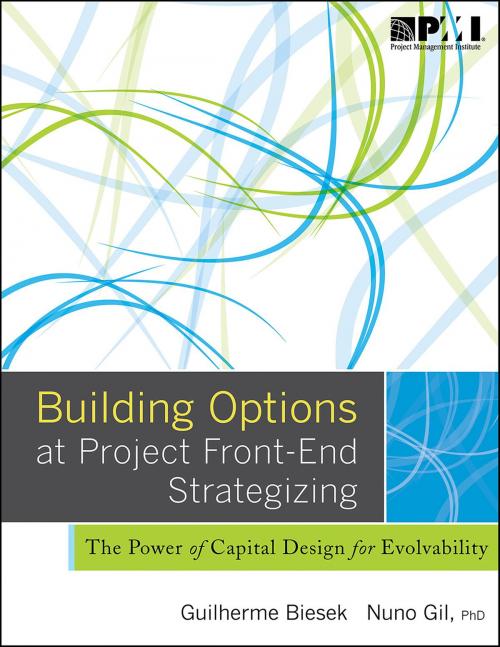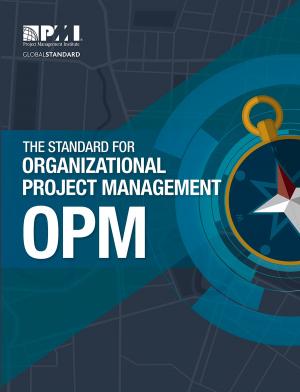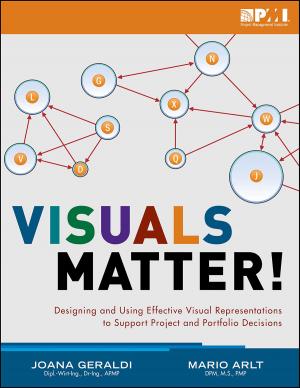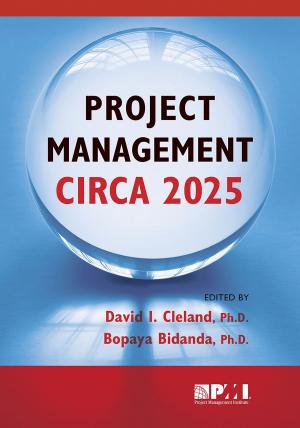Building Options at Project Front-End Strategizing
The Power of Capital Design for Evolvability
Business & Finance, Management & Leadership, Management| Author: | Guilherme Biesek, Nuno Gil | ISBN: | 9781628250725 |
| Publisher: | Project Management Institute | Publication: | July 1, 2014 |
| Imprint: | Project Management Institute | Language: | English |
| Author: | Guilherme Biesek, Nuno Gil |
| ISBN: | 9781628250725 |
| Publisher: | Project Management Institute |
| Publication: | July 1, 2014 |
| Imprint: | Project Management Institute |
| Language: | English |
How do project teams overcome differences to adopt a design plan that strikes a balance between short-term affordability and long-term adaptability? In the book, Building Options at Project Front-End Strategizing: The Power of Capital Design for Evolvability, Guilherme Biesek and Nuno Gil cite research indicating the need for a formal framework to develop front-end strategies that ensure cost-effective management of the project through future change. Biesek and Gil found limitations in the current practices and theory for management of capital projects, and turned to real options reasoning and design literature. Project teams often resort to real options reasoning, because investment in design flexibility is similar to buying options. If future changes are minimal or favorable the options can be exercised to adapt the design economically. In the event the future is not favorable to the project, a limited investment has been lost.
How do project teams overcome differences to adopt a design plan that strikes a balance between short-term affordability and long-term adaptability? In the book, Building Options at Project Front-End Strategizing: The Power of Capital Design for Evolvability, Guilherme Biesek and Nuno Gil cite research indicating the need for a formal framework to develop front-end strategies that ensure cost-effective management of the project through future change. Biesek and Gil found limitations in the current practices and theory for management of capital projects, and turned to real options reasoning and design literature. Project teams often resort to real options reasoning, because investment in design flexibility is similar to buying options. If future changes are minimal or favorable the options can be exercised to adapt the design economically. In the event the future is not favorable to the project, a limited investment has been lost.















